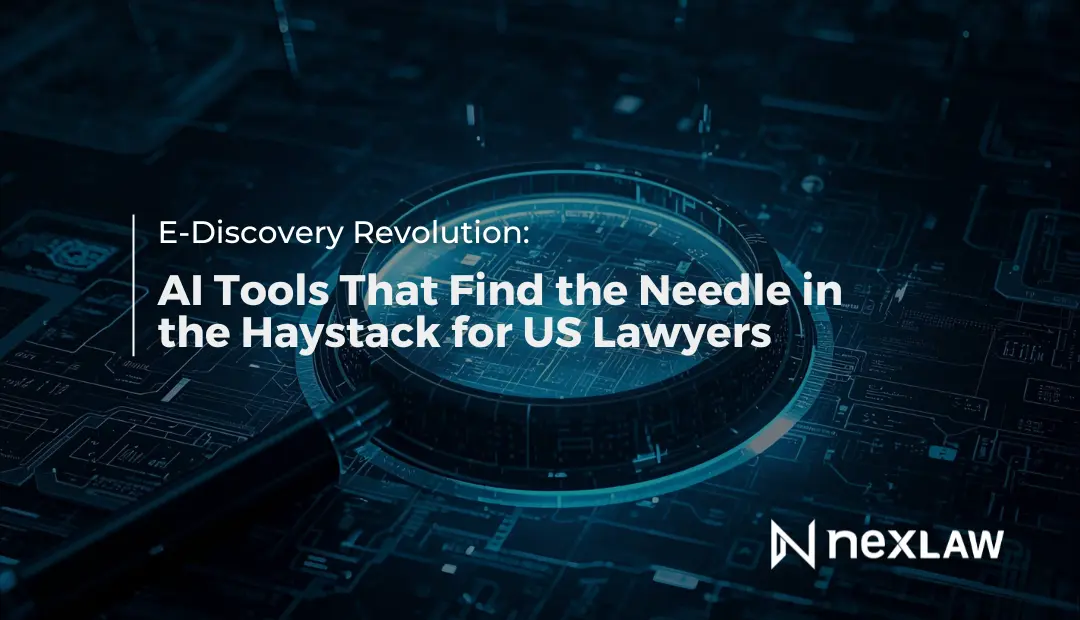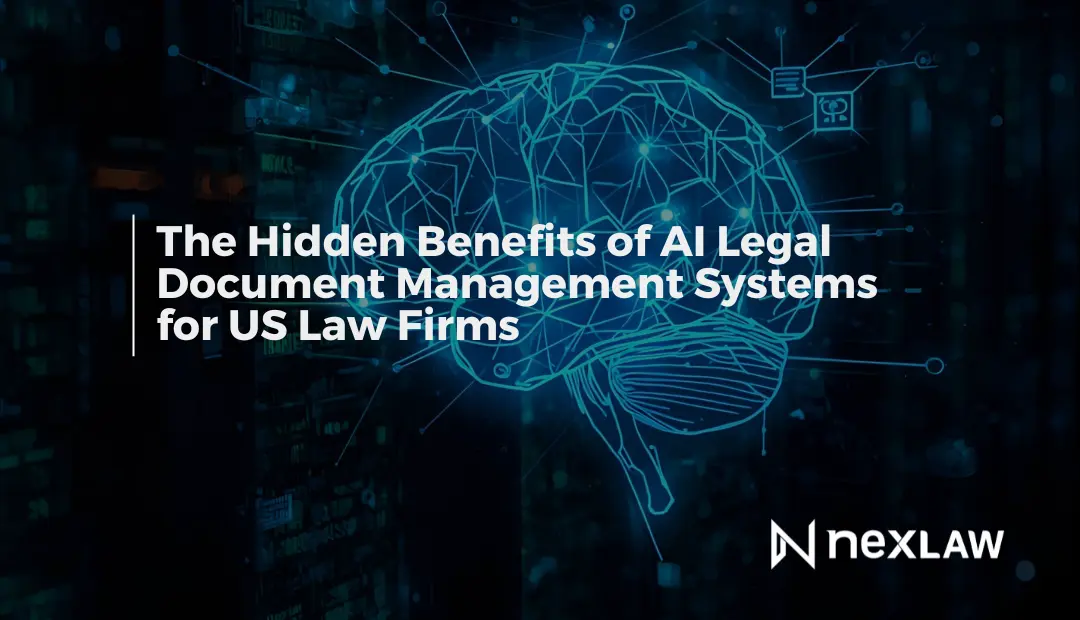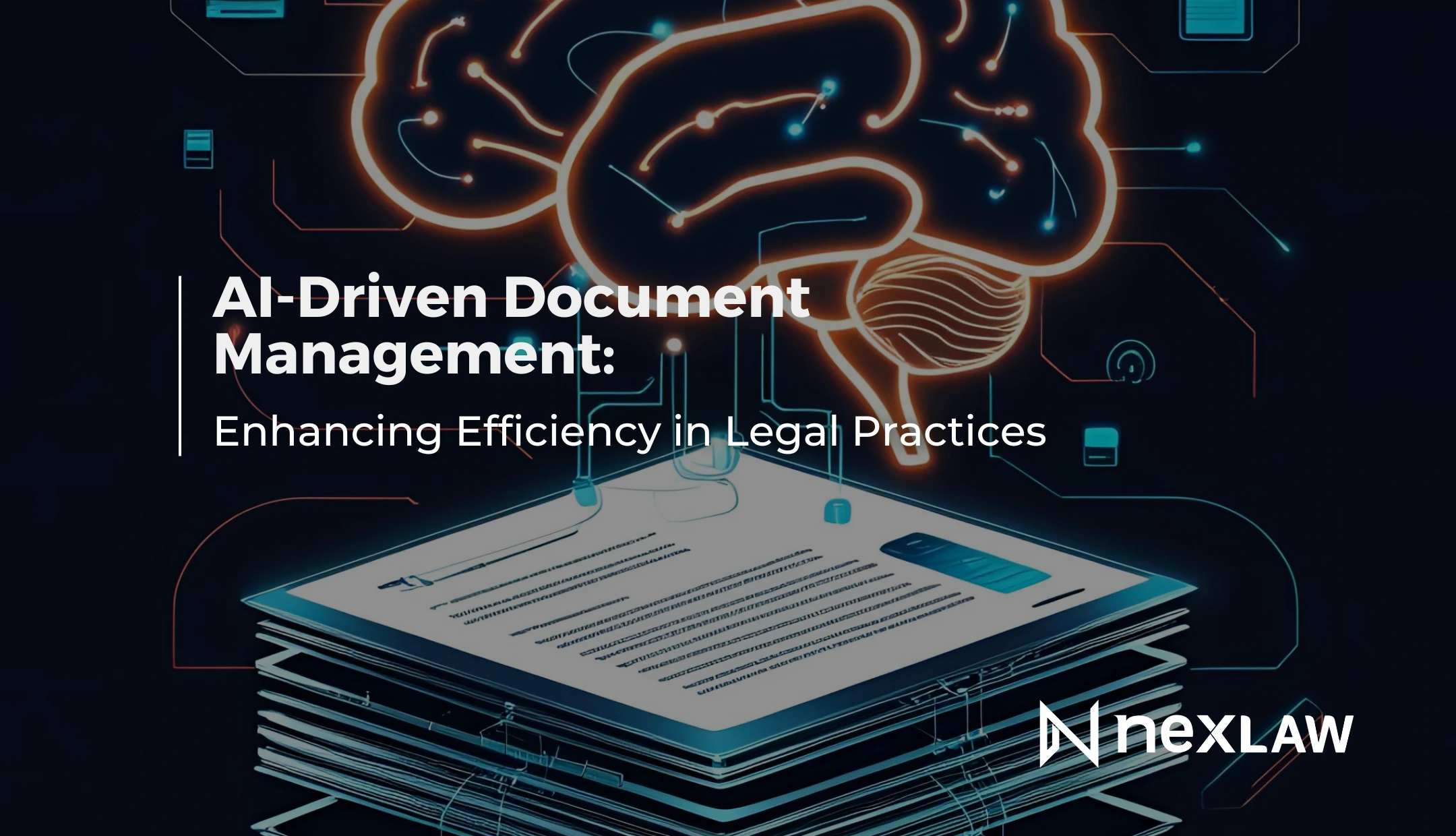The AI Tsunami Crashing into Legal Document Review: Are U.S. Lawyers Ready for the Next Wave?
Legal document review has always been the bedrock of American law. From high-stakes M&A deals to massive e-discovery undertakings, attorneys have long spent countless hours poring over contracts, emails and compliance files. But a seismic shift is underway. Artificial Intelligence (AI) is not just enhancing legal document review; it’s fundamentally transforming it, ushering in a new era of speed, accuracy and strategic insight for U.S. legal professionals.
For decades, document review meant armies of associates and paralegals, late nights and the ever-present risk of human oversight. Now, AI-driven solutions are automating the most laborious aspects of this process. The result? Legal teams can focus on what truly matters: legal strategy, risk mitigation and client value.
Unlock Legal Insights Instantly
What Sets AI-Powered Review Apart?
 |  |
|---|---|
| Traditional Review | AI-Powered Review |
- Time required: 14 Weeks
- Accuracy: ~70-80%
- Speed: Human Limited
- Insight Level: Human Surface Search | * Time required: 3 Weeks
- Accuracy: 92%
- Speed: Scale with Data
- Insight Level: Human Contextual Analysis
Unlike traditional keyword searches or basic e-discovery tools, modern AI platforms are trained on millions of legal documents. They understand context, recognize legal concepts and can even flag subtle inconsistencies or missing clauses. For example, in a recent class action suit, an Am Law 100 firm used AI to analyze 1.2 million emails and contracts, reducing review time from 14 weeks to just 3, with a 92% accuracy rate; outperforming manual review by a significant margin.
The Technology Powering the Revolution
At the heart of this transformation are several key technologies:
- Natural Language Processing (NLP): Allows AI to “read” and interpret complex legal language, flag ambiguous terms and extract defined obligations or rights.
- Machine Learning (ML): Enables systems to learn from attorney, reviewed samples, improving classification and risk-spotting over time.
- Entity Recognition & Text Classification: AI identifies parties, dates, monetary amounts and categorizes documents by relevance or type.
- Automated Redaction & Compliance Checks: Sensitive data is detected and redacted and compliance with regulations like HIPAA or Sarbanes-Oxley is verified in real time.
- Conversational AI: Some platforms now allow attorneys to query document sets in plain English, surfacing key clauses or anomalies instantly.
What’s the Impact?
Let’s move beyond the buzzwords. What does AI-powered document review actually deliver for U.S. legal teams?
1. Time is Money: Speed Gains That Matter
- AI can process and analyze tens of thousands of documents in hours which is a task that could take human reviewers weeks or months.
- According to a 2024 survey, 65% of U.S. legal professionals reported that AI cut their review times by at least 70%. This acceleration means faster case analysis, quicker deal closings and the ability to meet tight regulatory deadlines.
2. Precision and Consistency: The End of Costly Oversights
- Manual review is inherently inconsistent. Fatigue, bias and simple human error can lead to missed red flags. AI, however, applies the same rigorous standards across every page.
- Studies show AI-assisted review achieves over 90% accuracy, compared to about 80% for traditional manual review. This translates to fewer missed clauses, reduced risk of litigation and greater client trust.
3. Cost Control: Doing More with Less
- By automating routine tasks, law firms report cost savings of 30-50% on large-scale document review and drafting projects.
- This not only improves margins but also allows firms to offer more competitive pricing or invest in higher-value legal work.
4. Scalability: Ready for Anything
- Whether it’s a sudden regulatory investigation or a sprawling class action, AI scales effortlessly.
- Millions of pages? No problem. The technology ensures that no critical document is overlooked, no matter the volume.
5. Risk Management: Proactive, Not Reactive
- AI doesn’t just flag what’s there, it identifies what’s missing.
- Non-standard indemnity clauses, ambiguous termination rights or compliance gaps are surfaced instantly, allowing attorneys to address risks before they become liabilities.
Real-World Impact through the lens of U.S. Cases
Case 1: Internal Audit at a Top U.S. Law Firm
- A national law firm faced an overwhelming internal audit: 500,000+ contracts across multiple practice groups, all requiring review for data privacy compliance.
- By deploying AI-powered NLP and ML, the firm automated extraction and analysis, identifying outdated or non-compliant clauses.
- The audit, initially projected to take six months, was completed in just six weeks–saving over $1 million in labor and enabling the firm to proactively update client agreements.
Case 2: E-Discovery in High-Stakes Litigation
- During a major intellectual property dispute, a leading U.S. firm used AI-driven e-discovery tools to sift through millions of emails and documents.
- The AI flagged privileged communications and surfaced relevant evidence with 95% precision, reducing manual review hours by 60%.
- Attorneys were able to focus on legal arguments and strategy, not document sorting.
Case 3: Contract Review for a Fortune 500 Giant
- A Fortune 500 company integrated AI contract review software to streamline vendor agreement management.
- The system flagged deviations from company standards, highlighted hidden liabilities, and generated executive summaries.
- Contract approval turnaround improved by 50%, and compliance monitoring became a breeze.
Does it Come with Challenges?
Despite its promise, AI is not a silver bullet. Human oversight remains critical; especially for nuanced legal interpretation, final privilege calls and contextual judgment. Other challenges include:
- Training Data Bias: AI is only as good as the data it’s trained on. Poorly curated datasets can lead to missed jurisdictional nuances or misclassification.
- Data Security: Handling sensitive client data requires robust cybersecurity protocols.
- Integration Complexity: Bringing AI into legacy workflows can require upfront investment and change management.
The Numbers Speak
| Metric | Value | Description |
|---|---|---|
| 70% | Average reduction in review time with AI (2024 survey of U.S. law firms) | This includes automation of tasks such as data ingestion, classification, and summarization. |
| 90%+ | Accuracy rates for AI-assisted review (versus ~80% for manual) | This indicates a higher level of precision and consistency in identifying relevant information. |
| 30-50% | Cost savings reported by firms using AI for document review | These savings are primarily due to reduced manual labor and faster completion of projects. |
| 65% | U.S. legal professionals citing significant efficiency gains with AI | This highlights the tangible benefits experienced by legal practitioners who have adopted AI. |
Don’t Get Left Behind
The message is clear:
AI is no longer a “nice-to-have”, it’s a strategic imperative for U.S. law firms and in-house teams. Those who embrace AI-powered document review are already reaping the benefits: faster turnarounds, lower costs and a competitive edge in client service.
Ready to Ride the Wave? Discover NexLaw AI: AI for Lawyers
NexLaw AI is at the forefront of this revolution, offering advanced NLP, ML and intuitive interfaces tailored for U.S. legal professionals. Whether you’re facing a regulatory audit, a high-volume M&A, or complex litigation, NexLaw AI empowers your team to review smarter, faster, and with greater confidence.
Curious how NexLaw AI can transform your document review process?
Sign up for a personalized demo today. Click here and see the future of legal practice in action.






